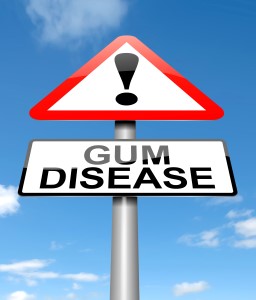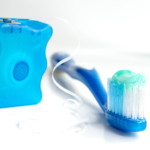 Gum disease can wreak havoc on your oral health, affecting your smile’s stability and appearance. Fortunately, patients can take steps to reduce their risks of developing gum disease. Even after the onset of this condition, patients still can seek out gum disease treatment that may reverse the effects of periodontal disease.
Gum disease can wreak havoc on your oral health, affecting your smile’s stability and appearance. Fortunately, patients can take steps to reduce their risks of developing gum disease. Even after the onset of this condition, patients still can seek out gum disease treatment that may reverse the effects of periodontal disease.
The result of inflammation in the gum tissue, periodontal disease is caused by the bacteria commonly found in the oral cavity. These bacteria tend to congregate in plaque and tartar, which can build up in patients who don’t brush and floss regularly. Other patients may just be prone to plaque and tartar collection even if they do brush and floss as instructed by their dentists, and they still can face a risk of gum disease.
Gum disease unfolds in stages, from the mildest (gingivitis) to the most severe (advanced periodontitis). In its advanced forms, gum disease can lead to tooth and bone loss, so timely treatment is paramount.
Notable symptoms indicate the presence of gum disease, including bleeding, swelling or sensitivity in the gums. Patients who notice any of these signs should consult with a periodontist as soon as possible for an evaluation and to learn about recommended treatments.
Patients may seek gum disease treatment at any stage of this condition, but they are more likely to benefit from good results when they get care for the mildest forms of gum disease. For example, gingivitis typically responds quite well to a deep cleaning, which also has the advantage of being non-invasive. More advanced forms of gum disease may require surgical interventions.
After your initial treatment, you likely will want to cut down on the likelihood of a relapse of periodontal disease. We strongly recommended that you follow up with a periodontist for ongoing monitoring and be sure to take adequate care of your teeth and gums at home. If you do not already use an electric toothbrush, you may want to consider adding this tool to your routine, as they are highly effective at minimizing plaque.
According to the Centers for Disease Control, about half of all Americans over age 30 have some form of gum disease. If you are one of them, schedule an appointment at our office to learn what you can do about the condition.


